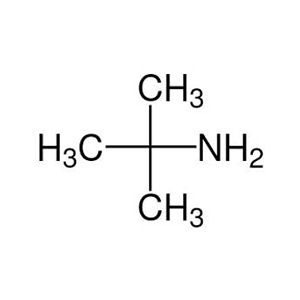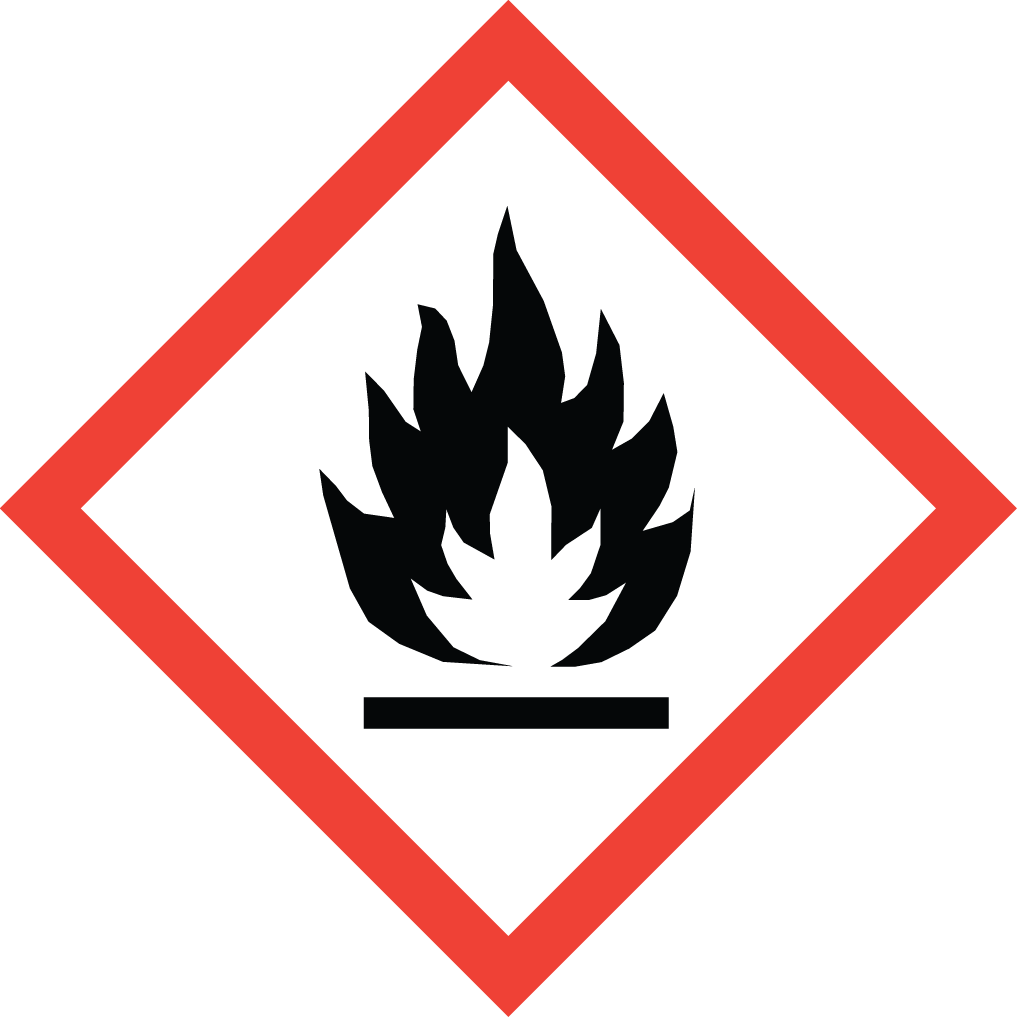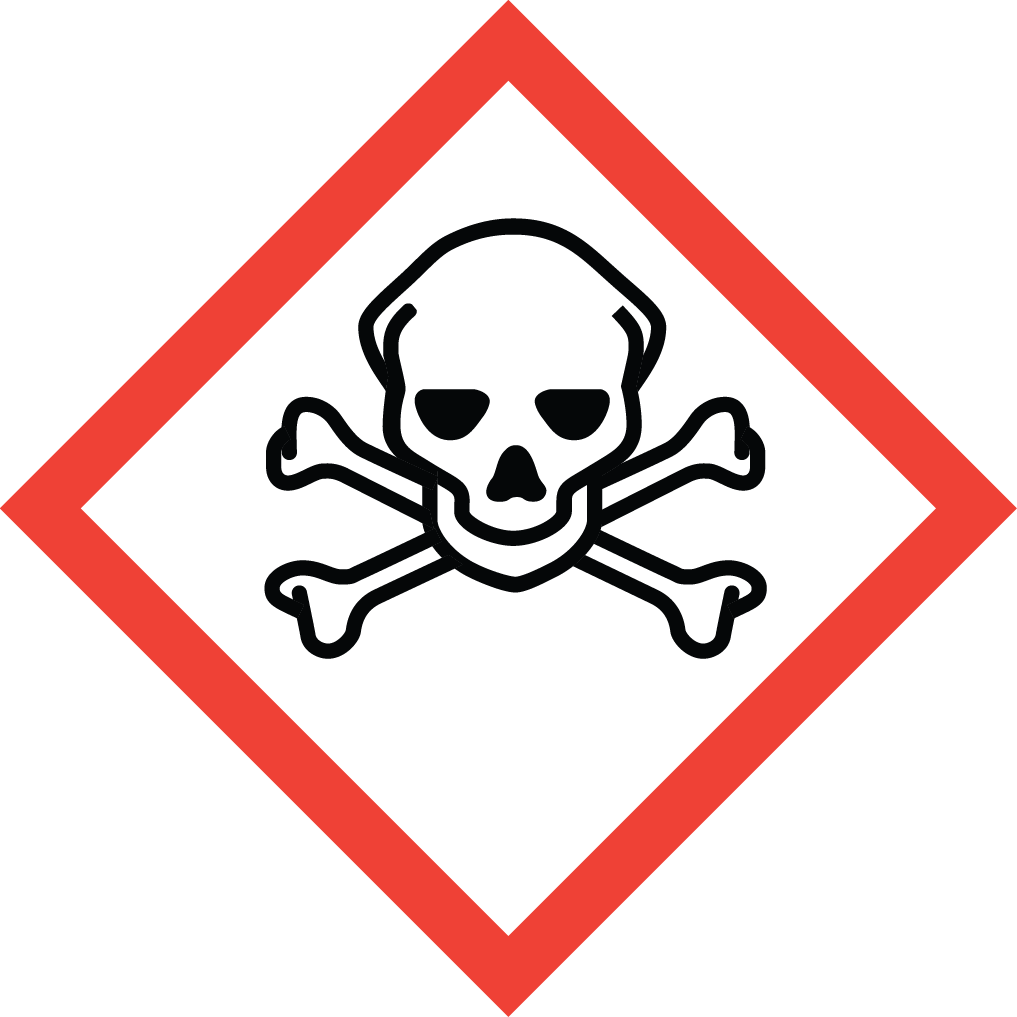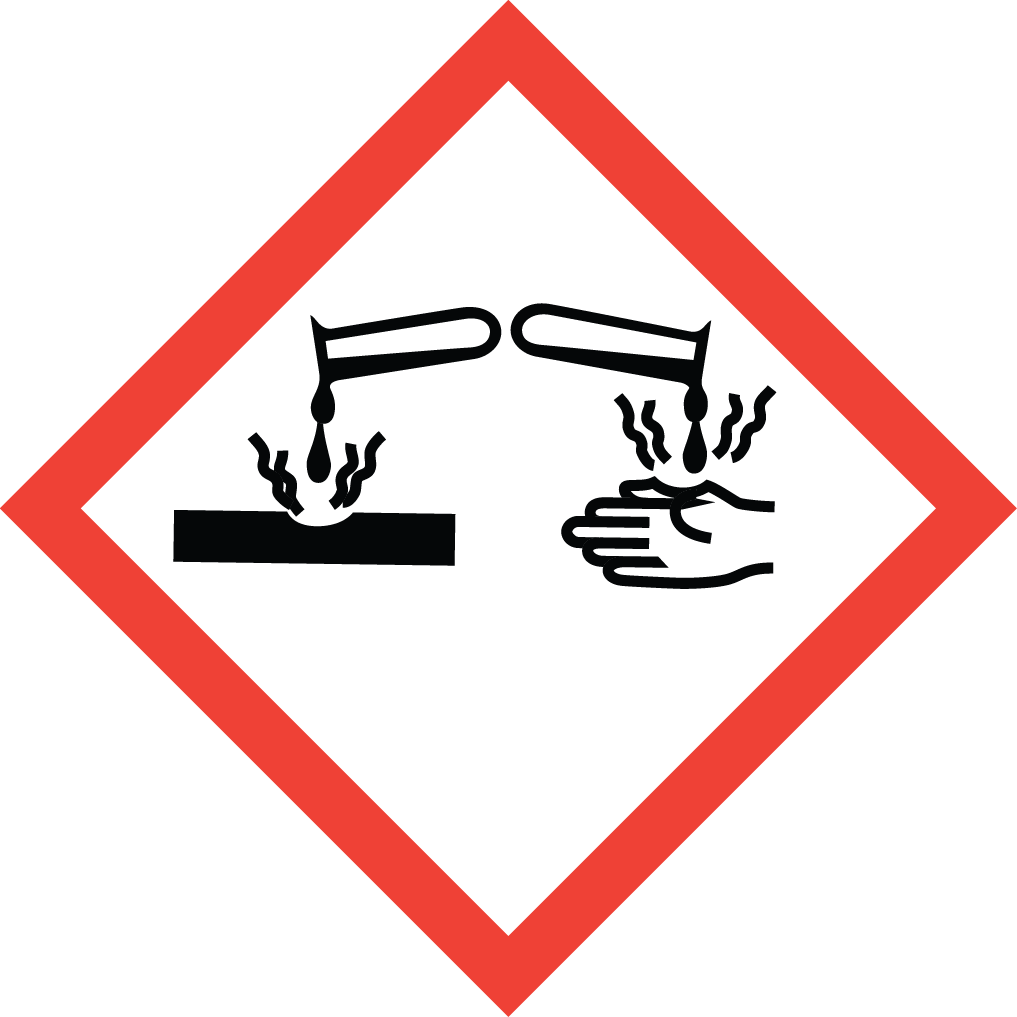Discover Aure Chemical's Premium tert-Butylamine (CAS 75-64-9)Supply
Aure Chemical is a leading global supplier of tert-Butylamine (TBA), also systematically known as 2-Methylpropan-2-amine or 2-Amino-2-methylpropane. This unique primary amine stands out due to its sterically hindered structure, which imparts distinct chemical properties. Our high-purity tert-Butylamine is an essential building block and intermediate, highly valued across diverse industries including pharmaceuticals, agrochemicals, rubber processing, and specialty chemical manufacturing, where its specific reactivity is critical.
Basic Information of tert-Butylamine
tert-Butylamine (CAS No. 75-64-9) is meticulously produced and rigorously tested to meet stringent quality standards. We ensure exceptional purity and consistent performance, essential for your most demanding applications:
| CAS No.: | 75-64-9 |
|---|
| EC No.: | 200-888-1 |
|---|
| Linear Formula: | (CH₃)₃CNH₂ |
|---|
| Molecular Weight: | 73.14 |
|---|
| Appearance: | Transparent Liquid |
|---|
| Melting Point: | 46 °C (lit.) |
|---|
| Boiling point: | -67 °C (lit.) |
|---|
| Odor: | Strong, ammoniacal odor. |
|---|
| Density: | 0.696 g/mL at 25 °C (lit.) |
|---|
| Solubility: | Highly soluble in water; miscible with most organic solvents like ethanol, ether, and benzene. |
|---|
| Flash point: | −36.4 °F |
|---|
| Nature: | Highly flammable liquid and vapor, corrosive, alkaline. |
|---|
| RIDADR: | UN 1125 3/PG 2 |
|---|
| Chemical Structure: |  |
|---|
Our commitment to delivering high-purity tert-Butylamine ensures a reliable and efficient component for your complex manufacturing and synthesis processes.
Primary Applications of tert-Butylamine (TBA)
tert-Butylamine's unique steric hindrance and basicity make it an incredibly valuable and versatile chemical with applications spanning numerous industries:
Pharmaceutical Synthesis:
TBA is a critical intermediate in the production of various active pharmaceutical ingredients (APIs), including β-blockers (e.g., alprenolol), local anesthetics, and other complex drug molecules. Its unique structure can impart specific pharmacological properties and improve metabolic stability.
Agrochemical Manufacturing:
It is extensively used in the production of various agrochemicals, such as herbicides, fungicides, and insecticides. The tert-butylamino group can enhance the biological activity or modify the properties of these crop protection agents.
Rubber Chemicals:
TBA serves as a key intermediate in the synthesis of rubber vulcanization accelerators (e.g., sulfenamides) and antioxidants. These additives are vital for improving the processing, strength, and durability of rubber products like tires and seals.
Polymerization Inhibitor:
Due to its steric bulk, TBA can act as a polymerization inhibitor, particularly for vinyl monomers, preventing unwanted polymerization during storage and processing.
Specialty Solvents:
While primarily a reactive intermediate, its unique properties can lead to its use in specific specialty solvent formulations where its basicity and volatility are advantageous.
Corrosion Inhibitors:
Tert-Butylamine derivatives can be employed as corrosion inhibitors in various industrial systems due to their ability to form protective films on metal surfaces.
Why Choose Aure Chemical for Your tert-Butylamine (TBA) Supply?
Aure Chemical is dedicated to providing superior chemical solutions and unparalleled customer support. By partnering with us for your tert-Butylamine requirements, you benefit from:
Exceptional Purity & Consistency: Our tert-Butylamine is manufactured to stringent purity specifications, ensuring optimal and predictable reactivity in your critical synthesis processes and consistent quality in your end products.
Reliable Global Supply Chain: We maintain a robust and efficient supply network, guaranteeing timely and secure delivery of this essential chemical to your facilities worldwide, adhering to all safety and regulatory standards for hazardous materials.
Expert Technical Support: Our team of experienced chemists and specialists is readily available to offer comprehensive guidance on product application, safe handling procedures, and optimal storage conditions for tert-Butylamine.
Commitment to Quality & Safety: We adhere to the highest industry standards for quality management, safety, and environmental responsibility across all our operations, ensuring peace of mind for our clients handling this reactive and flammable material.
Choose Aure Chemical for a trustworthy and dependable supply of high-quality tert-Butylamine. We are ready to support your most demanding and innovative chemical manufacturing processes.
Hazards Classification
GHS Classification: Flammable Liquid (GHS02), Acute Toxicity, Oral (GHS06), Acute Toxicity, Inhalation (GHS06), Skin Corrosion (GHS05), Serious Eye Damage (GHS05)
Hazard Statements: Highly flammable liquid and vapor; harmful if swallowed; toxic if inhaled; causes severe skin burns and eye damage.
UN Number: UN 1125
Hazard Class: 3 (Flammable Liquids), 8 (Corrosive substances)
Packing Group: II
 GHS02: Flammable
GHS02: Flammable GHS06: Acute toxicity
GHS06: Acute toxicity GHS05: Corrosive
GHS05: Corrosive
